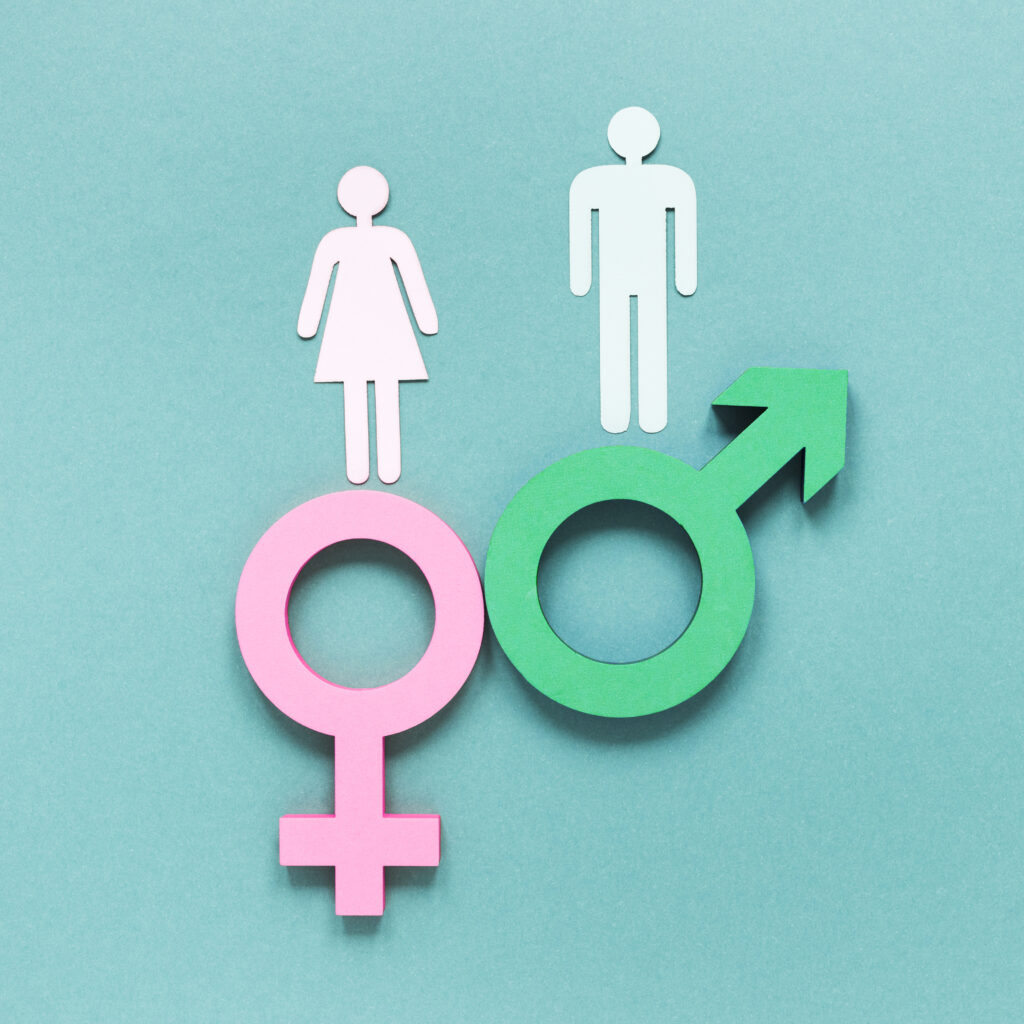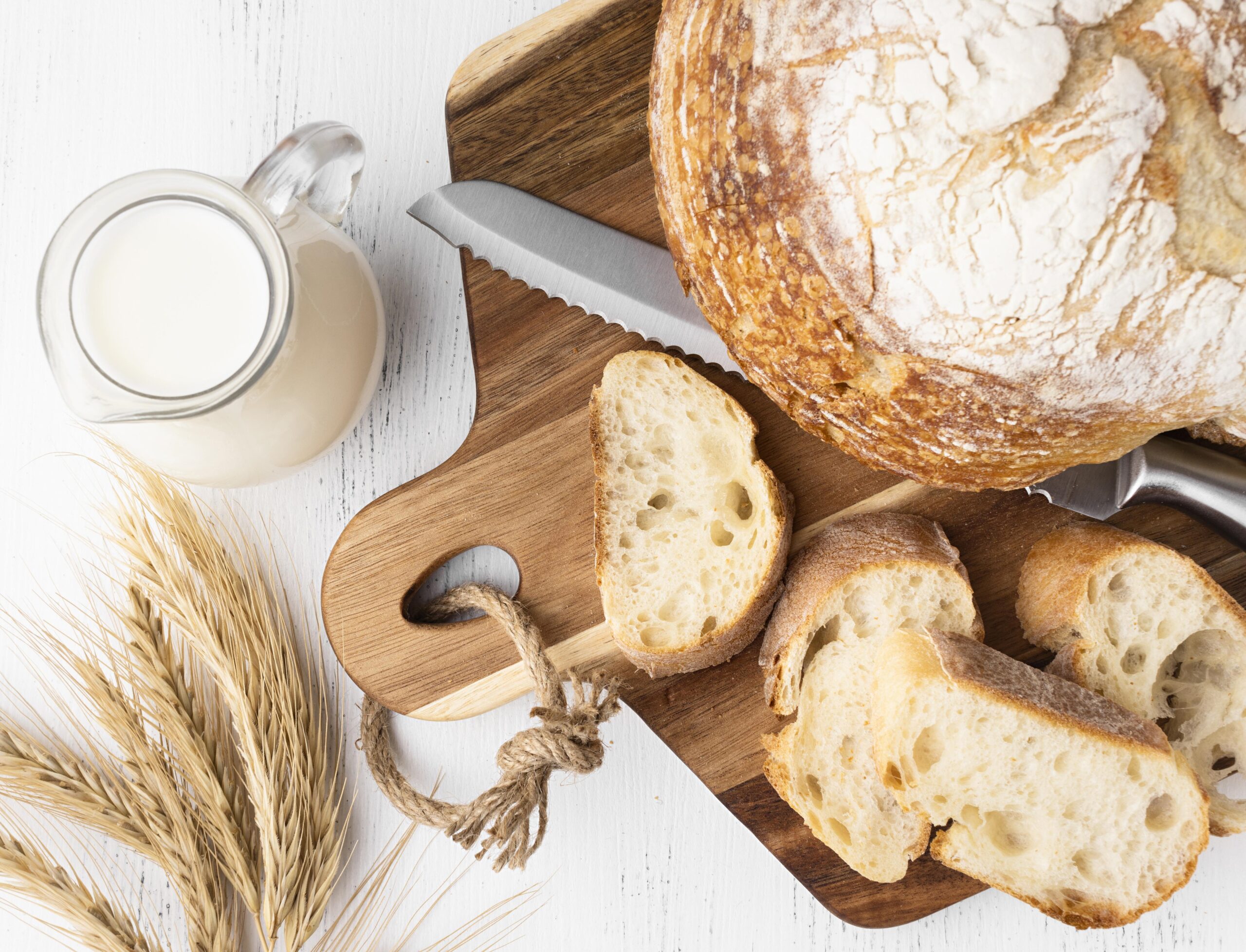Is it il latte or la latte, il pane or la pane?
Struggling with determining the gender of Italian words? You’re not alone! Many of my students have faced this challenge. But fear not, because in today’s blog post, I’ve got you covered with a quick guide that will help you identify the gender of most Italian nouns.
Stick around until the end of the article, where I’ve included some useful mnemonics to make memorising a breeze. Let’s dive in!
The main rule
In Italian, nouns are categorised as either masculine or feminine. This is in contrast to English, where nouns lack gender distinctions. The gender of a noun also determines the selection of articles, adjectives, and pronouns associated with it.
Words ending either in -a or -o
The most basic rule says that nouns ending in “o” are masculine, while those ending in “a” are feminine.
For example are feminine: la palla, la casa, la porta (ball, house, door) and masculine: il tavolo, il libro, il corso (table, book, course).
Words ending in -e
However, there is a third category of nouns ending in “e,” and these can either be masculine or feminine.
As an example: “il pesce” (fish) is masculine, and “la carne” (meat) is feminine. So, how do you identify which gender is which? There are a few memory games that I can teach you later on, but before I do that, let me show you some patterns that can be quite helpful.

Masculine words in -e
Words that end in -e are masculine if part of the suffix:
-ore
-ume
-iere
-ate
Here are a few examples
1. Words ending in -ore
L’amore love
L’attore actor
Il colore colour
Il fiore flower
Il dottore doctor
Il dolore ache
2. Words ending in -ume
il costume swimsuit
il fiume river
il salume cured meat
il volume volume
3. Words ending in -iere
Il bicchiere
Il barbiere
Il consigliere
L’infermiere
Il formichiere
Feminine words in -e
However, words ending in -ione are feminine. Most of them end in -gione, -sione or -zione.
Here are a few examples:
L’azione action
L’emozione emotion
La lezione lesson
La ragione reason
La situazione situation
La television television
Words ending in a consonant are mostly masculine
In Italian, we also have words ending with a consonant. These are mostly masculine because they are usually words adopted from other languages and the rule is that any foreign word used in Italian is automatically masculine.
For example
Il bar
Il computer
Il film
Lo sport
Lo yogurt
There are a few exceptions, for example, foreign words that already have an equivalent in Italian. In this case, the new word will take the gender of the existing Italian word. For example: la starlet (la stellina), la band (la banda).

Exceptions for words in -a
There are some exceptions also for words ending in -a that are masculine. Here are a few common ones to keep in mind:
Il papà
Il papa
Il pigiama
Il fantasma
Il gorilla
Many of those masculine nouns ending in -a have a Greek origin. Here are a few for you:
Il clima
Il dilemma
Il diploma
Il problema
Il programma
Lo schema
Il sistema
Abbreviations of words
Other words might end with -a as they are abbreviations of another. For example:
Il cinema (il cinematograto)
This is also the case of words ending in -o but being the abbreviation of a feminine word, for example
La moto (la motocicletta)
La foto (la fotografia)
Strategies for Memorization and Practice:
While suffixes can assist in identifying the gender of many words ending in -e, the majority may still require memorization. Therefore, I’ve provided three simple techniques to facilitate this process:
1. word pairing
Memorize words alongside their corresponding article and adjective, revealing their gender.
For example
La neve bianca (while snow)
La notte nera (lit. black night)
La carne bianca (white meat)
Il pesce rosso (goldfish, lit. red fish)
Il caffè nero (black coffee)
Il latte bianco (white milk)

2. Storytelling:
Create short stories or phrases to connect masculine or feminine words.
For example, to remember masculine words like il cane (dog), il pesce (fish), il pane (bread), and il latte (milk), visualize an image representing masculinity and link these words together:
Here is one to explain further:
L’uomo guarda il cane strano con il pesce in bocca, mentre mangia il pane e beve il latte.
(The man watches the strange dog with a fish in its mouth, while he’s eating bread and drinking milk)
Use your imagination to embellish the image, making recall effortless.
3. Word Associations:
Form word pairs or phrases linking gendered nouns with characteristics or images. For masculine nouns, associate them with masculine imagery. For instance, remember that “il sole” (the sun) is masculine by connecting it with the image of a Greek god.
In conclusion, understanding the gender of Italian words can be challenging, but with the tips provided in this guide, it becomes manageable. Remember the basic rules: -o for masculine, -a for feminine, and -e endings can be either. Refer to the suffixes given to quickly determine the gender of many words. Additionally, use memory aids like word pairings, storytelling, and word associations to reinforce your learning.
If you wish to read about this subject in Italian, HERE is an article that might be of interest.
In our classroom we make learning easy, we look for patterns, analyse language and simplify in order to make learning more effective and rewarding. If you are ready to start learning Italian, have a look at our courses HERE. We cover all levels.
Happy learning!







